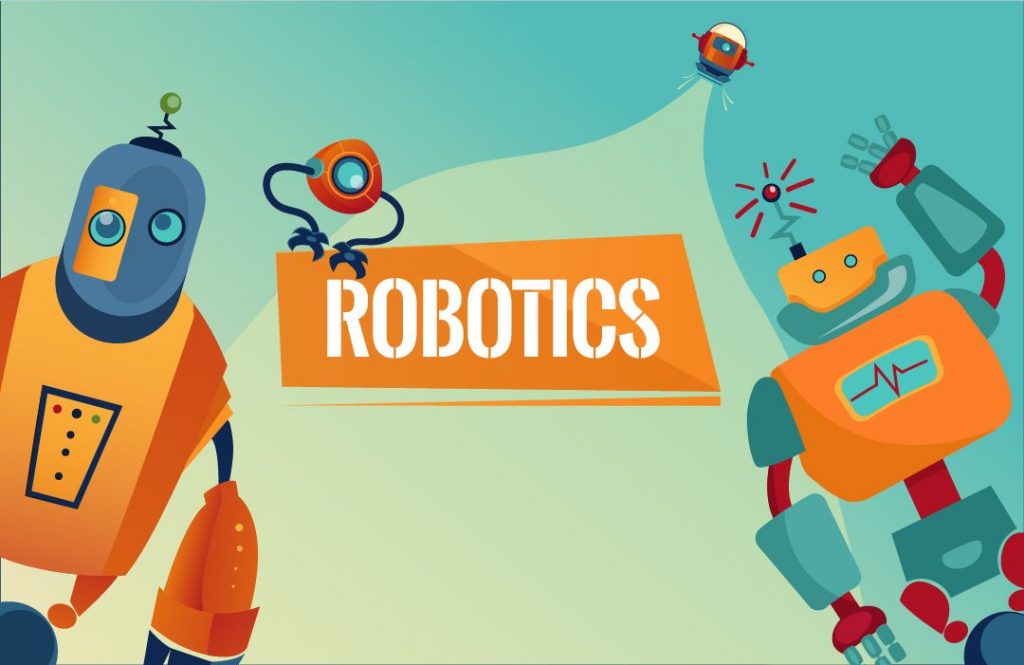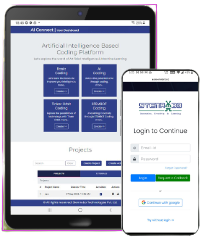Design Thinking : The Essence To Solve Real Life Problem
In the year of 2025, the world population estimates upto 8.1 billion and India’s alone is 1.43 billion. As the population goes on increasing, so does the problems and the need for easy and accessible solutions. Take, for example, the problem of used flowers from temples, which generate a large amount of biodegradable waste. By thinking outside the box, we can transform these discarded flowers into useful products such as dhoops, candles, perfumes, and more. This is just a small example of problem-solving at work. Across the globe, millions face countless issues that they often accept as inevitable. Unfortunately, many companies fail to see these problems from the user’s perspective, leading to solutions that miss the mark and ultimately fail. This is where the term design thinking comes to play. What Is Design Thinking? Design thinking means solving the problem by putting yourself in the situation, in the shoes of the people really facing the problem. The most required quality for design thinking is awareness and empathy, which are a few constituents of the 21st century skills. By being empathetic, we can really help people make better innovations – low of cost and with less resources. For example :- Q-commerce or Quick commerce which gained huge popularity around the times of covid, when stepping out of ones home was a huge doubt and the revolutionary idea of delivery just at the doorstep was one thing that people embraced quickly, With the hustle and bustle of times, Q-commerce became a big hit in the market. Now the question arises, how and why did it gain huge popularity? The answer in a simple line is – thinking from the root of problem and from the POV of the people facing it. Design Thinking has four main segments to it- The benefits of design thinking is a huge bandwidth. Some of them are – Why Is Design Thinking Important For Students? Starting early should always be encouraged. Habits are developed early on in a person’s life and it is important for the parents to introduce them to quality learning experiences and make them well equipped with the 21st century skills: the skills that would help them adapt in the future. Key Reasons Why Early Learning Matters :- How Stemrobo Is Empowering The Next Generation: At STEMROBO, Design thinking is one of the main segment through which we train the students. We introduce the students to hands-on learning, through which they can learn to create things on their own, become resilient and learn from their mistakes. As a Leading Atal Tinkering Lab Company, we provide everything from the Atal Tinkering Lab setup process to teacher training and STEM project-based learning resources. We empower schools with the tools, training, and kits—like the Robotics syllabus for school students and Artificial Intelligence course for kids—so that every child is equipped to become a changemaker. In conclusion, design thinking is not just a framework—it is a crucial life skill that nurtures empathy, innovation, and resilience. By embedding this mindset early in education, especially through platforms like STEMROBO, we are preparing students to become proactive problem-solvers who can confidently face real-world challenges. As they learn to empathize, ideate, prototype, and test their ideas, they also develop the courage to fail, improve, and ultimately create meaningful impact. With the right guidance and tools, today’s students can become tomorrow’s changemakers—and design thinking is the bridge that gets them there. With the right environment, tools, and support from a STEM education company that believes in innovation, today’s students can become tomorrow’s leaders. Whether it’s through a Tinkering lab in school or a coding and AI platforms providers company, the goal remains the same: equip the next generation with the mindset to imagine, invent, and inspire.
Design Thinking : The Essence To Solve Real Life Problem Read More »








